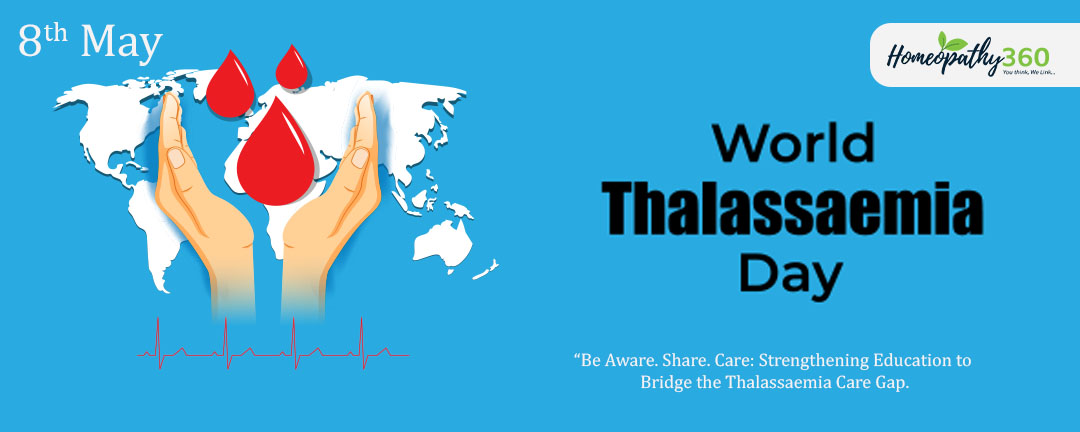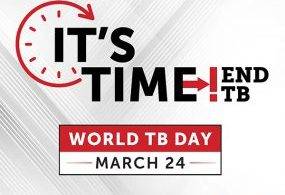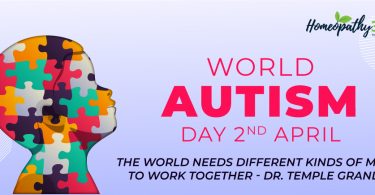
World Thalassemia Day 2023: Thalassemia is an inherited condition in which blood oxygen-carrying proteins, also called hemoglobin, and red blood cells are lower than normal. This further leads to tiredness, weakness and slow growth of the body. While mild forms of the condition may not require treatment, severe forms may require a blood transfusion or a donor stem cell transplant. It is important to understand the condition, how it is inherited and how it affects the body so that you can plan your treatment options. World Thalassemia Day is celebrated every year to raise awareness of the disease. Thalassemia is a genetic blood disorder that affects the production of hemoglobin, the protein that carries oxygen in the blood. Hemoglobin is made up of two types of proteins, alpha and beta globin. People with thalassemia have a mutation in one or both of the genes responsible for the production of alpha or beta globin, resulting in reduced or no production of one or both types of globin. This leads to a lack of hemoglobin, which causes anemia and other related complications.
History:
Panos Englezos, president and founder of the International Thalassemia Federation, established this day in 1994 in memory of his son George and other thalassemia patients who courageously fought the disease. Since then, World Thalassemia Day has been celebrated on 8 May every year. In 1994, the Thalassemia International Federation (TIF) proclaimed May 8 as International Thalassemia Day.
Theme:
This year’s theme for World Thalassemia Day is ‘Be Aware. Part. Worry.’ It is an open invitation to collaborate with global communities to raise awareness of thalassemia and its potential treatment options.
Year-by-year themes for World Thalassemia Day
1. World Thalassemia Day 2022: Attention. Part. Attention: Collaborate with the global community to improve knowledge about thalassemia
2. World Thalassemia Day 2021: Addressing health inequalities in the global thalassemia community
3. World Thalassemia Day 2020: Dawn of a new era for Thalassemia: Time for a global effort to make new therapies accessible and affordable for patients
4. World Thalassemia Day 2019: Universal Access to Quality Thalassemia Healthcare: Building Bridges with and for Patients
5. World Thalassemia Day 2018: Thalassemia past, present and future: National practices, progress and growing recognition of patients’ rights
Significance of World Thalassemia Day
World Thalassemia Day is of great significance as it is dedicated to raising awareness of a genetic blood disorder called thalassemia. The day is an opportunity to educate people about the disease, its causes and symptoms, and to encourage the adoption of a healthy lifestyle that can help prevent the onset of thalassemia. The day is also crucial in highlighting the challenges faced by people living with thalassemia and promoting the importance of accessing appropriate care and support. In addition, World Thalassemia Day serves as a reminder to society of the need for more research and development into the treatment and management of thalassemia.





